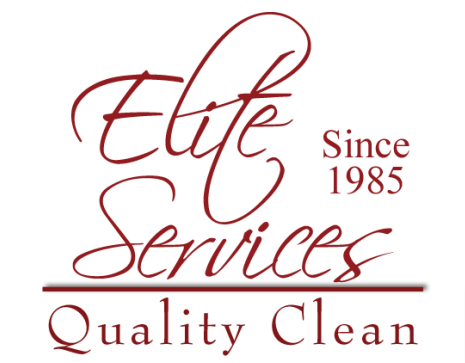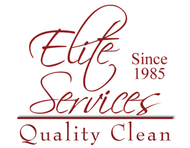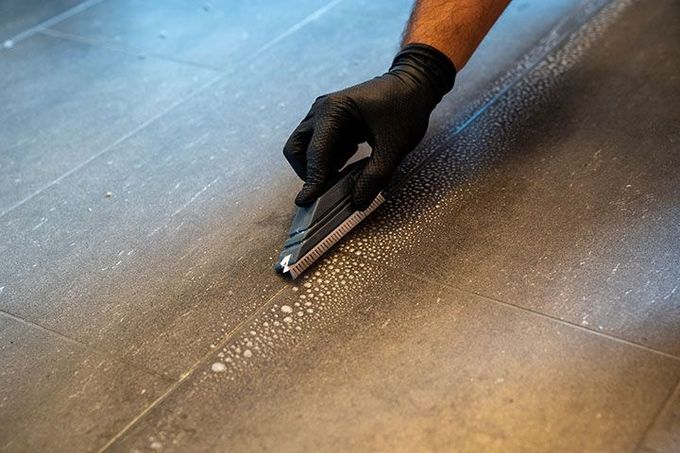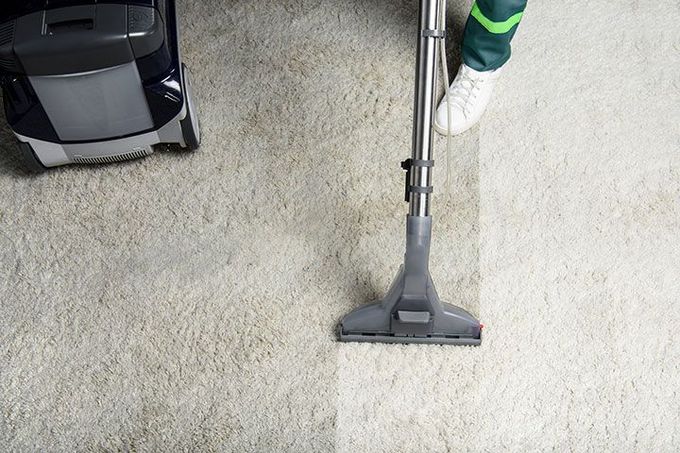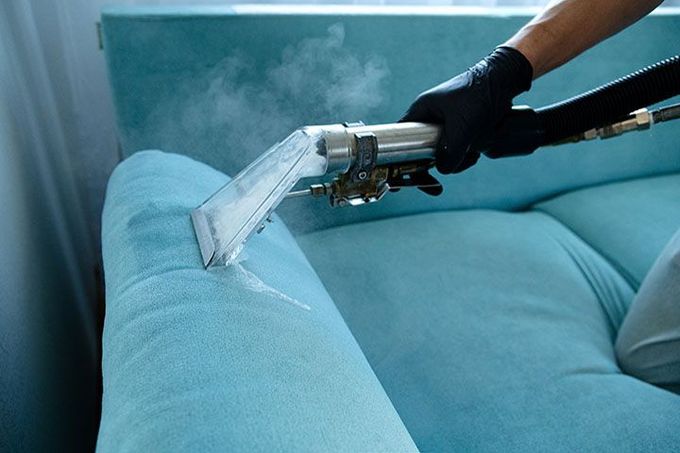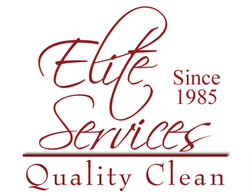The Top Carpet & Floor Cleaning Services in Pensacola, FL!
Contact Us Today
Premier Carpet Cleaning Services
For the Cantonment, Milton, Pace & Pensacola, FL Areas
Elite Services Quality Clean started out as a company with one goal in mind. We wanted to become the best carpet cleaners Pensacola, FL has to offer. Our beginnings were humble, but over time, we managed to rise above the rest. This was a slow process, but we always had a clear vision. We made sure every customer was completely satisfied. With a dedication to quality and excellent customer service, we slowly carved out our path.
From carpet cleaning to floor cleaning to tile and grout cleaning, you can have peace of mind knowing we will get the job done right. Contact us today to schedule a consultation. We proudly serve the Cantonment, Gulf Breeze, Milton, Pace, and Pensacola, FL areas.
Our Services
Investing in area rugs for your home or business is a big deal, and we don’t take that lightly. That’s why our rug cleaning service in Pensacola isn’t just any old service. Our experienced team has the skills to bring your rugs back to life, restoring their original beauty. Whether you have an heirloom antique rug or a modern, colorful masterpiece, we can clean it. Plus, we use top-of-the-line cleaning methods that leave no sticky residue, so your rugs will stay cleaner longer and dry faster. Trust us with your investment and enjoy your refreshed, like-new area rugs!
Dirty tile and grout can be a real nightmare, but we can make your tile floors look new. Our cleaners use advanced commercial-grade cleaning chemicals and equipment to remove all of the dirt and dust that has collected in your tile and grout. We also clean natural stone and concrete floors in both your residential and commercial settings. So, if your floor needs to be cleaned, contact Elite Services Quality Clean today.
With decades of experience, we breathe new life into old carpets, cheap or expensive. With a professional carpet cleaning from our team, the toughest stains will be removed from your carpet. We can remove odors, pet hair, and other pests trapped in the fibers of your carpet. Our Carpet cleaning service extends to large and small area rugs as well, so contact Elite Services Quality Clean for your next carpet and rug cleaning.
Whether you have fabric or leather upholstery, we can take care of stains, spills, and smells. The chemicals we use are strong enough to remove stains and odors, but gentle enough to prevent any damage to your furniture. We also provide a professional drapery cleaning service that will prolong the life of your fabric and keep it looking like new. Contact Elite Services Quality Clean and request a free quote.
The Most Trusted Cleaning
Services in Pensacola, FL; Pace, FL; Milton, FL; Gulf Breeze, FL; Cantonment, FL; and Beyond
Over the course of three decades, we have become one of the most trusted cleaning services in Pensacola, FL and the nearby areas. To get here, we have always invested in new tools and made sure our staff is trained in the latest methods of cleaning. No one has as much expertise or as many years of experience as our team in the region. We have seen and done it all. That’s why we do the job more thoroughly and better than anyone out there. With many IICRC certifications under our belt, you are getting the best carpet, upholstery, and tile cleaning services in Pensacola, FL every time you call us.
Even though we provide you with services like elite upholstery and drapery freshening, we still provide top-notch carpet cleaning. That’s why we’re prepared to handle anything you throw at us. No task is too big, too small, or too complex. After all, we didn’t become the best by picking and choosing the easiest work. As a result, our team knows how to clean both commercial and residential properties. There are many carpet cleaners Pensacola has to offer, but none can compete with us.
If you’re looking for carpet cleaning services, you’ve come to the right place. We will take care of your carpets and leave you with a smile on your face.
Don’t hesitate to give us a call. Over the years, we have built an extensive list of happy clients, and we are always open to forming new relationships with customers.
What Makes Elite Services Quality Clean Different
Elite Services Quality Clean has been in the business of cleaning for more than three decades. We have IICRC-certified technicians with knowledge of leading industry procedures. IICRC is the Institute of Inspection, Cleaning, and Certification. They develop standards for the restoration, inspection, and cleaning industries in twenty-five countries.
What this means for our clients is that no task is too big or too small for our family and the tools at our disposal. Over the years, we have gained valuable experience and dealt with the toughest of challenges. We can say with certainty that there is no better cleaning service company out there.
Elite Services Quality Clean is ready for any floor, upholstery, or drapery cleaning job. We can work with most budgets and schedules. Whether you need residential cleaning or a commercial cleaning company, we are at your disposal. We also take great pride in being a part of a community, so we help and give back to those in need through various charitable organizations and non-profits.
What Our Clients Think
Coming soon....
